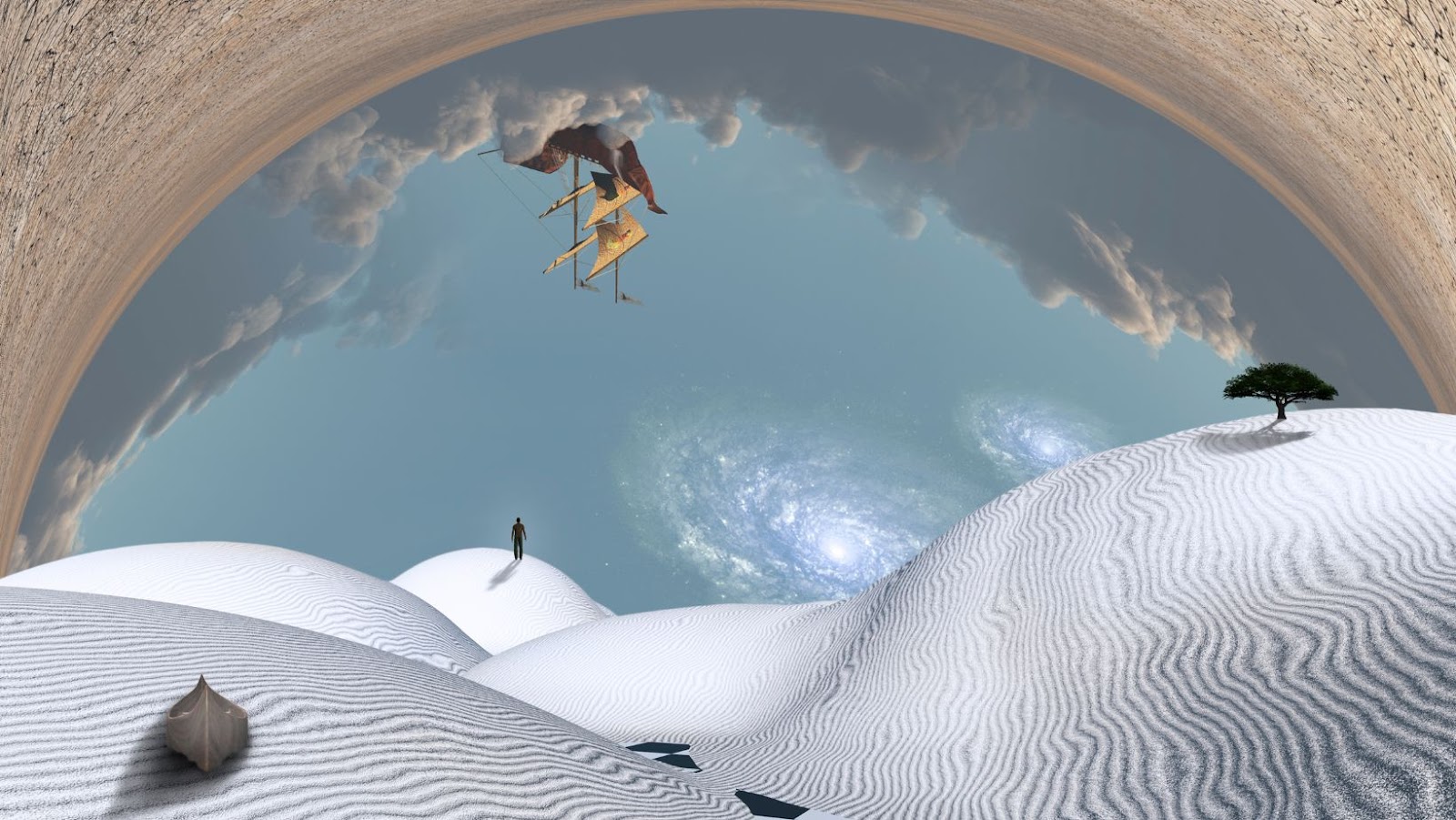Exploring the captivating realm of surrealism in literature, I delve into the enchanting fusion of reality and imagination that defines this unique artistic movement. From dreamlike narratives to unconventional storytelling techniques, surrealism challenges traditional norms, inviting readers to embrace the unexpected and the unconventional. As I navigate through the works of renowned surrealists, I uncover the profound impact of this genre on shaping modern storytelling.
Immersing myself in the whimsical landscapes painted by surrealist authors, I unravel the intricate layers of symbolism and subconscious exploration that characterize their works. By examining the blurred boundaries between the conscious and the unconscious, I aim to shed light on how surrealism pushes the boundaries of creativity and invites readers to question the very nature of reality itself.
Surrealism in Literature
Origins and Influence
Exploring the origins of surrealism in literature reveals a rich history intertwined with the art movement. Surrealism emerged in the early 20th century, spearheaded by poet and critic Andre Breton. It was heavily influenced by the psychoanalytic theories of Sigmund Freud and the rebellious spirit of Dadaism. This avant-garde movement aimed to unlock the power of the unconscious mind, challenging societal norms and traditional artistic forms. surrealism in literature influence can be seen in various art forms, including literature, painting, and film, as it continues to inspire creators to push the boundaries of creativity.
Characteristics of Surrealist Literature
Surrealist literature is characterized by its dreamlike narratives, symbolic imagery, and a profound exploration of the subconscious mind. Writers often delve into the surreal realm, blurring the lines between reality and fantasy to create a sense of disorientation and mystery. One of the key features of surrealist literature is its use of automatic writing, a technique that bypasses logical reasoning to tap into the unconscious thoughts and feelings of the writer. Through disjointed plots, unexpected juxtapositions, and symbolic motifs, surrealist authors aim to evoke emotional responses and challenge conventional storytelling conventions.
 Key Figures in Surrealist Literature
Key Figures in Surrealist Literature
André Breton and the Surrealist Manifesto
As a key figure in surrealist literature, André Breton played a pivotal role in defining the principles of surrealism in literature. In the Surrealist Manifesto, Breton outlined the movement’s core tenets, advocating for the liberation of thought through the exploration of the subconscious mind. His belief in the power of dreams and automatic writing as tools for artistic creation influenced generations of writers to push the boundaries of conventional storytelling.
Other Notable Surrealist Authors
In addition to André Breton, several other notable surrealist authors have made significant contributions to the genre. Writers like Salvador Dalí, known for his surreal paintings, also delved into literature, blurring the lines between visual art and written expression. René Magritte, with his uncanny and thought-provoking paintings, brought a unique perspective to surrealist writing, infusing his works with symbolic imagery and philosophical depth. The playful and imaginative language of Max Ernst added a whimsical touch to surrealist literature, inviting readers to explore the whimsical landscapes of his mind.
 Major Works of Surrealist Literature
Major Works of Surrealist Literature
Novels and Stories That Defined the Movement
Surrealism in literature, novels and stories play a pivotal role in encapsulating the essence of this movement. One of the most renowned novels that defined surrealism is “The Metamorphosis” by Franz Kafka. The novel delves into the absurdity of human existence through the protagonist’s transformation into a giant insect, exploring themes of alienation and identity.
Poetry and Plays with Surrealist Elements
Surrealist poetry and plays are characterized by their unconventional use of language and imagery to evoke emotional responses and challenge conventional storytelling. A notable example is the poetry collection “The Songs of Maldoror” by Comte de Lautréamont, which embodies the dark and visionary aspects of surrealism. Additionally, the play “The Maids” by Jean Genet infuses elements of surrealism in literature through its exploration of power dynamics and identity, pushing the boundaries of traditional theatrical expression.